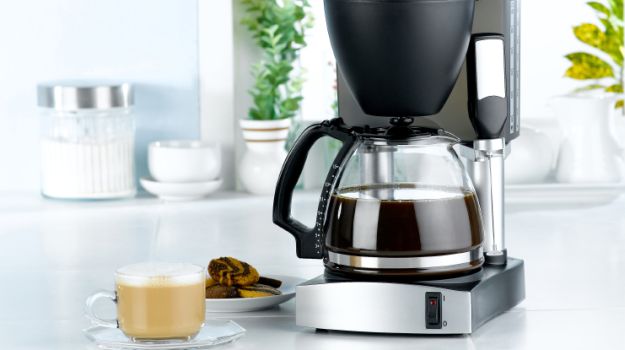1. Storing Coffee Beans in the Freezer or Fridge
Placing coffee beans in the fridge or freezer doesn't keep them fresh. Roasted beans have countless holes in them and they absorb the moisture and smell of other food in the fridge. The best way to store beans is to keep them at room temperature, inside an airtight container.

2. Using Filter Paper
In Aeropress or Pourover method, always wet the filter paper first and throw out the water. This will avoid the taste of paper getting into your brew. Also, always wet the ground coffee first, allow the coffee to bloom (a bulge is formed when hot water touches the grounds, because of the escape of carbon dioxide and other gases). If there is no bloom at all, or air pockets are formed, it is an indication that the coffee is not fresh.

3. Buying Pre-Ground Beans
Pre-ground beans are convenient and easy, but coffee beans start losing their freshness immediately after grinding. To preserve the quality of the beans, you should buy in smaller pack sizes so it is consumed faster.

4. Using Boiling Water to Brew Coffee
When you use boiling water, it extracts bitterness and acidity from the beans. The ideal temperature is around 200 degrees F (93 C). An easy trick to reach this temperature is to boil the water, then wait 45 seconds to use.

5. Using Too Much or Too Little Coffee
Most consider the perfect ratio to be 2 tablespoons (30 gm) of coffee grounds to every 180 ml of water.
6. Using the Wrong Grind
Different equipment requires different grinds. Fine grinds are for espresso or mocha pots, medium fine is for aeropress or filter coffee, medium coarse is for pourover (chemex), and coarse grinds are for a French Press.

7. Allow the Right Percolation Time
The actual time it takes for coffee to percolate depends on the method you use and the size of the coffee pot. Let's take the stove method first. Many people believe the water should be brought to a boil. This is a mistake. If the water in the pot is allowed to boil, it is likely to "burn" the coffee. Temperature of water should be between 92 to 96 degree celsius. Brewing should take about 5 minutes for a stove-top percolator. That is a good indicator to figure out if it is ready.
Electric Percolation Electrical percolators are a little different. These usually take 7-10 minutes, and there is less concern about boiling the water or burning the coffee. An electrical percolator has a constant heat source. Electric percolators also have temperature sensors in the elements to heat the water to that optimal temperature.

If you follow the above, you will start brewing great coffee that will impress you, your family and your friends. If you are serious about brewing the best cup of coffee, take the time to recognise, identify and course-correct. Happy brewing
Disclaimer:
The opinions expressed within this article are the personal opinions of the author. NDTV is not responsible for the accuracy, completeness, suitability, or validity of any information on this article. All information is provided on an as-is basis. The information, facts or opinions appearing in the article do not reflect the views of NDTV and NDTV does not assume any responsibility or liability for the same.









